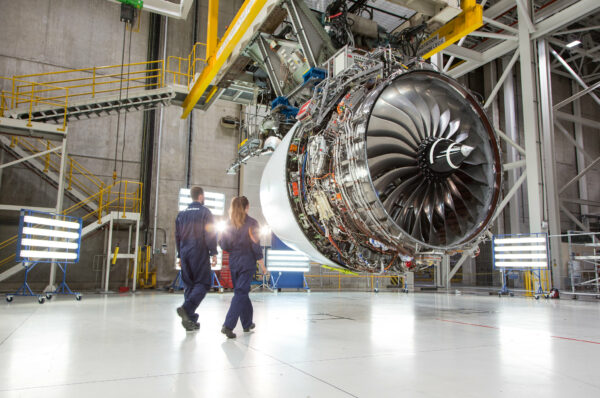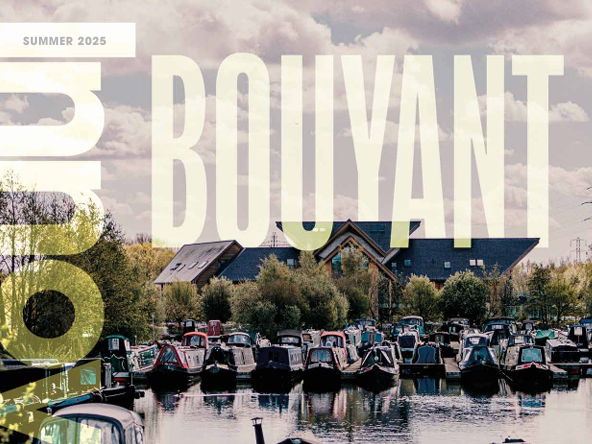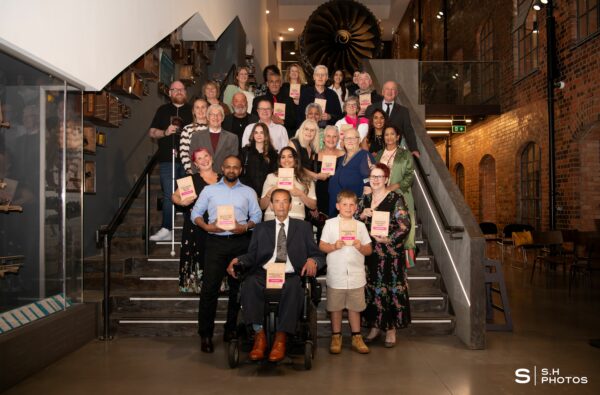Latest News | 7 January 2015
City that found its way again now in need of revised vision

This year marks the tenth anniversary of the Derby city centre master plan which set out a 15-year strategy to attract £2 billion pounds of investment by 2020. In my view, the plan was absolutely essential – it provided a vision and direction, desperately needed, to a city that had lost its way.
The centre is a showcase for any city and Derby is no different. For too long, Derby had been bypassed by investors and so missed the boom of the 1990s and the early years of the following decade. There had been no significant development in retail, leisure, hotels, infrastructure, offices or residential schemes for over a quarter of a century.
In 2005, Derby didn't have even a single city-centre cinema screen. Our bus and rail stations were embarrassing. The impetus generated by the master plan delivered a plethora of schemes. The first phase was very much private-sector led, think of Westfield and the various hotels that emerged. The second wave was led by public money and included the Roundhouse and the Council House. It is impossible to imagine Derby today without these schemes.
Combined with other projects undertaken and completed over last decade, they add up to well over a billion pounds worth of investment. Importantly, the city is now seen as a destination of choice, attracting over £120 million of additional spending each year and supporting thousands of new jobs. I'm not denying the years 2008-2011 were difficult for many.
The city's centre of gravity shifted south because of the extended shopping centre and the recession delivered a double whammy. While the Cathedral Quarter has recovered, what's known as the St Peter's Quarter, stretching from the Morledge through to Becketwell, still struggles. In my time at Marketing Derby, I've learnt a lot about the psychology of investors, in particular those with national or international interests, who can basically put their money wherever they choose. They need to see ambition, are attracted by the momentum of others investing and require a city to be progressive and joined up in helping land their particular scheme.
In this respect, Manchester is best in class, which is why, if you visit there, you will see so much activity. Since 2005, Derby has started to tick the right boxes. Landing Westfield in 2007 challenged investor paradigms and the subsequent tempo of new schemes built credibility. The campaign to save Bombardier earned genuine respect. Derby is on the map.
This year will see the launch of the Derby Arena, a Derby City Council scheme that shouts ambition across the region and beyond. Also, across Pride Park the new University Technical College will open, sponsored by the University of Derby, Derby College and the City Council, together with businesses such as Toyota and Rolls-Royce.
November will also see the opening of the massive Infinity Park, a partnership initiative that includes Derby City Council, Rolls-Royce and developers Cedar House, Wilson Bowden and Bowmer and Kirkland.
The park's first scheme, an impressive high-tech Innovation Centre, is a joint venture between the universities of Aston, Cranfield and Derby. The long-awaited Castleward Boulevard will open this year, kicking off the city living revolution that will soon spread to the Derbyshire Royal Infirmary site, which will finally be cleared this year, and other sites across the centre should follow suit.
The construction of a large new hotel and apartments on Full Street will banish the police station complex to the Bygones pages of the Derby Telegraph. Additionally, the city council is planning to refresh the master plan and so will be launching a 15-year vision taking us to 2030.
For me, three key priorities need addressing in the early days of the new plan. Unsurprisingly, these are Becketwell, the Assembly Rooms and the St Peter's Quarter. 2017 is the 10th anniversary of the relocation of Debenhams and the area has struggled ever since. It's a blight that needs fixing and there is no way in which Derby can reach that anniversary without a solution, defined and delivered.
The Assembly Rooms will have been closed for one year this March, again an unwelcome anniversary and one which must be marked by a clear vision and timescale, whether for its renewal of replacement.
Finally, we must continue to give attention to St Peter's Quarter. There are public realm improvements already under way but these will need following through on widening purpose and class uses within the area. The St Peter's Quarter should be an attractive connection between intu Derby and the Cathedral Quarter and making it so will help ensure a prosperous future far beyond 2015.


